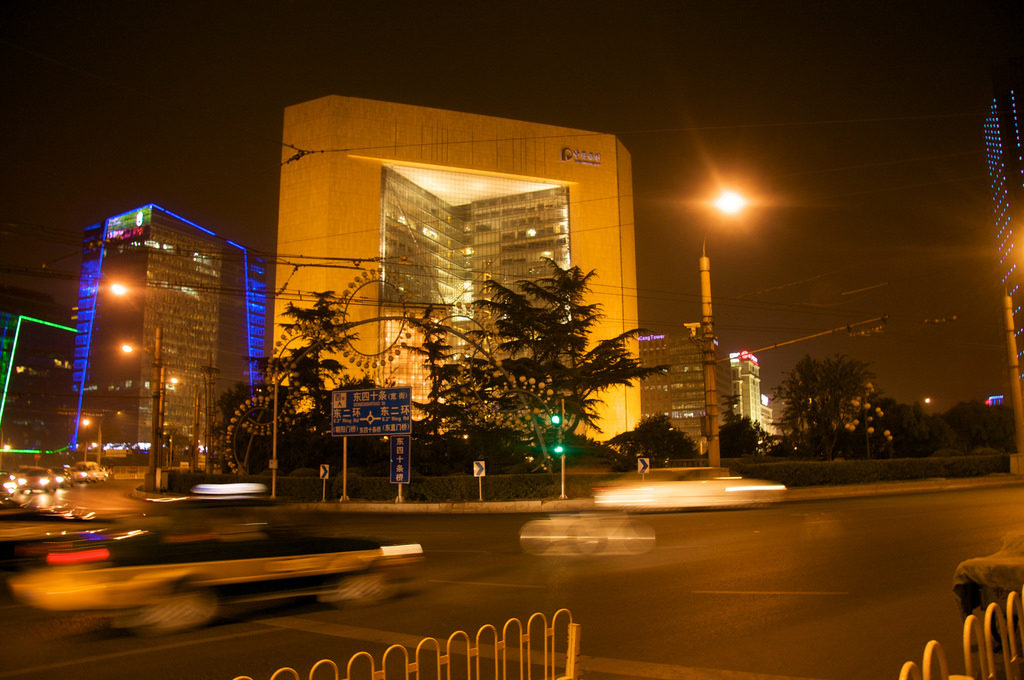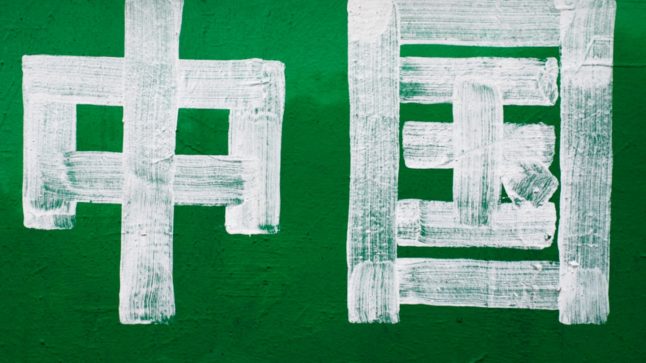*The following is an excerpt from our One Hour China Consumer Book (which is available here.). In Part 1, I told about how Christie’s and Sotheby’s have been involved in Chinese art for decades – and have recently entered China directly. This puts them in basically the wild west of the art world. Part 1 of this story is here.
The Startlingly Rapid Rise of China Guardian and Poly
The first major auction house to emerge in modern China was China Guardian. It was established in 1993 by Wang Yannan, the daughter of Zhao Ziyang, a former Premier of the PRC. And it was patterned after Christie’s and Sotheby’s (yet another art copycat). Guardian quickly became the largest auction house in China and specialized in traditional Chinese art forms, antiques and artifacts, as well as in modern and traditional Chinese painting. The important differences between Guardian and the Western giants were its national, not global, focus and its close connection to the Chinese government.
However, in 2005, China Guardian was eclipsed by the meteoric rise of State-owned Poly Culture. Poly Culture is part of the China Poly Group Corporation, a very large, 55% State-owned enterprise created by the State Council in 1992. Poly Group is one of the SOEs that every businessperson should know. The company started out selling weapons to the People’s Liberation Army (Poly Technologies) and has since grown into a conglomerate covering real estate, automobiles, entertainment and many other sectors. For example, their publically traded real estate division, Poly Real Estate, is now one of the largest residential developers in China. After its launch in 2005 Poly Culture quickly became the largest auction house in China, with 75% turnover (2013) coming from Poly Auction Beijing and 25% coming from Poly Auction Hong Kong.
If Sotheby’s and Christie’s are purely commercial Giants (as defined in Chapter 2), then Poly Culture and Guardian are something else. They are certainly Giants, dominating the domestic art auction industry. But Poly in particular is also a direct extensions of the State. Because it turns out, what happens to historic Chinese art is a significant concern to the Chinese government. Part of this sensitivity is about repatriating works that were stolen and misappropriated over the centuries. Many of the works that have been returned can be seen on display at Poly’s headquarters in Beijing.
 Poly Headquarters in Beijing. Photo by Janus Bahs Jacquet (Creative Commons license with commercial use, link located here)
Poly Headquarters in Beijing. Photo by Janus Bahs Jacquet (Creative Commons license with commercial use, link located here)
Poly Auction is now not just one of the top two auction houses in China. It is also the number three art auction house in the world (after Christie’s and Sotheby’s). Their 2013 turnover was over a billion dollars (about one-fourth of Sotheby’s). They sell approximately 10,000 objects each week, with as many as 40 different catalogs per show.
So we actually have two different types of auction giants pursuing affluent Chinese consumers. In the West, we have Sotheby’s and Christie’s, two dominant giants with strong competitive advantages (network economics). One is public and the other is private. And in China, we have Poly and Guardian, two dominant giants with strong competitive advantages (network economics plus active government support). One is public and the other is private. And these four companies are now coming into direct competition for the first time.
The Symbolic Collision of Sotheby’s-Christie’s and Poly-Guardian
As mentioned, both Christie’s and Sotheby’s held their first auctions in Mainland China in late 2013. And that put them on the home turf of Poly and Guardian for the first time. Well, sort of. In the Mainland, foreign auction houses can only deal in watches, wine, jewelry and contemporary art – not Chinese antiques, classic Chinese paintings or other items from before 1911. This includes calligraphy and ancient works, the areas that Chinese collectors are most interested in. So it’s not completely direct competition yet. But it’s close and it’s really symbolic.
Because at the same time, Poly and Guardian have been expanding internationally. And they are now on Sotheby’s and Christie’s home turf for the first time. Both have moved into Hong Kong. And Poly is now moving aggressively into New York City, where Sotheby’s is headquartered. Thus far, they have focused mostly on finding consignments in the US for sale in China, particularly Chinese collectibles. But Poly’s openly stated ambition is to become the world’s top art auction house. According to CEO Jiang Yingchun, “We are very big in the art auction market in Mainland China but still have a long way to go to become the biggest auction house worldwide”.
So rising affluent Chinese are causing a fascinating competition – State-backed Chinese auction houses versus private international auction houses. It’s a symbolic fight between Chinese State capitalism and international capitalism. How this will play out is not clear.
Guardian and Poly are searching for Chinese antiquities in the West to sell in China and Hong Kong. But Sotheby’s and Christie’s have been developing their pipelines for such consignments for decades. Additionally, they have relationships with collectors and other sources of Western art that also appeal to Chinese buyers. This includes artists such as Picasso, Monet, and Rembrandt. The Chinese giants, on the other hand, dominate in China and have better access to works by rising contemporary Chinese artists, dealers and collectors.
So it’s not clear who will win. And this re-raises the three factors at the center of this book: customers versus competition versus the role of the State. All three are important in this situation.
Plus, in a final twist, Taikang Life, one of China’s biggest insurers, has recently become a major owner of Sotheby’s. In 2001, the company owned about 15% of Sotheby’s and is run by Chen Dongsheng. Mr. Chen also founded of China Guardian Auctions.”
Thanks for reading, Jeff
Part 1 of this story is located here.
*The above is an excerpt from my One Hour China Consumer Book. I consider this the best (and least read) stuff I have yet written. It is available here (for $3.99).
—–
I am a consultant and keynote speaker on how to accelerate growth with improving customer experiences (CX) and digital moats.
I am a partner at TechMoat Consulting, a consulting firm specialized in how to increase growth with improved customer experiences (CX), personalization and other types of customer value. Get in touch here.
I am also author of the Moats and Marathons book series, a framework for building and measuring competitive advantages in digital businesses.
Note: This content (articles, podcasts, website info) is not investment advice. The information and opinions from me and any guests may be incorrect. The numbers and information may be wrong. The views expressed may no longer be relevant or accurate. Investing is risky. Do your own research.

